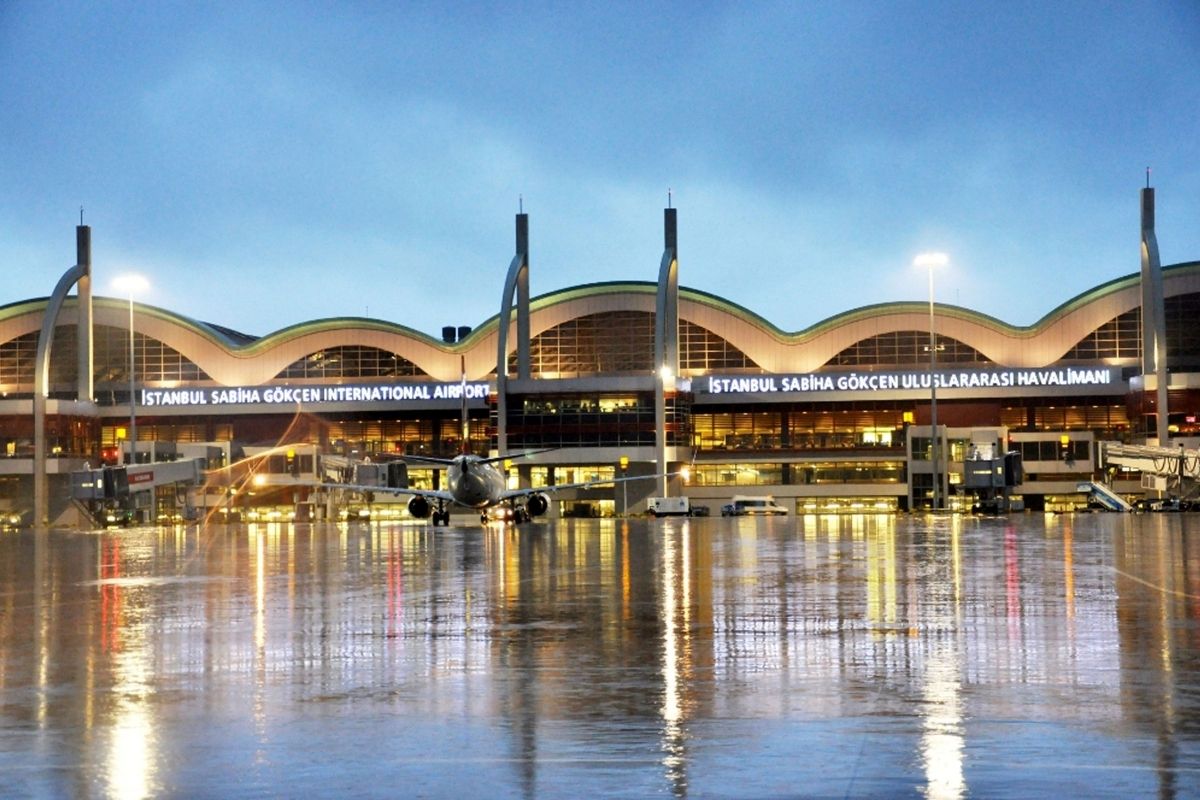Explore the World Without Leaving Home: A Virtual Reality Travel Guide
Today, technology continues to take travel experiences to an entirely new level. In particular, virtual reality (VR) has opened a whole new world for travel enthusiasts. Now, it's possible to explore famous destinations from all over the world without leaving home. While VR travel doesn't replace traditional travel, it offers a way for people to satisfy their wanderlust and explore distant and exotic places. So, how does the VR travel experience work? Here’s a step-by-step virtual travel guide.
1. Art and History: Virtual Museums and Historical Sites
Museums and historical sites are among the top places to visit while traveling abroad. VR technology allows you to take virtual tours of the world's most famous museums and historical landmarks. Exploring the Louvre in Paris or the Colosseum in Rome is now possible through VR headsets, without physically being there. Real-time guided tours with multilingual audio explanations can make your experience even more interactive.
2. Nature and Landscapes: Discover Exotic Locations via VR
If you’re a nature lover and want to see exotic landscapes, VR can take you to the world’s most beautiful natural settings. From the Amazon Rainforest to the savannas of Africa, exploring these places via VR is now a reality. For example, watching the Northern Lights or going on a walk through tropical islands in Southeast Asia can now be done comfortably from your home.
3. Culture and Shopping: Virtual Trips to World’s Best Markets
One of the most exciting aspects of VR travel is experiencing different cultures. You can virtually visit famous places like India’s Golden Temple or explore traditional markets in Japan. By putting on a VR headset, you can immerse yourself in the vibrant atmosphere of remote marketplaces. Some VR applications even offer virtual shopping tours, allowing you to explore markets worldwide.
4. Exploration and Education: Historical Journeys and Learning Guides
VR isn’t just an entertaining tool—it can also be educational. History enthusiasts can virtually visit ancient Rome or explore Egypt’s pyramids. Such journeys make learning interactive and engaging. For students or history lovers, virtual tours of important historical sites can be a part of a curriculum or personal exploration.
5. Cost-Effective and Time-Saving
Traveling abroad can be costly. Flight tickets, accommodation, and meals are just some of the expenses. With VR, you can explore countless destinations with minimal costs, without any of the extra expenses. It’s also an excellent alternative for those who can’t travel due to personal reasons or time constraints.
6. The Future of VR Travel: More to Come
As technology advances, VR experiences are becoming more realistic. Enhanced graphics, clearer sound effects, and more interactive features are making virtual travel even more exciting. In the future, VR might not only allow you to tour landmarks but also experience dining at restaurants or explore hotels and neighborhoods virtually before actually visiting.
Conclusion
Virtual reality in travel is not just about making trips more accessible; it offers new experiences and opportunities. The shift from traditional travel to virtual worlds provides practical solutions for travelers and allows the exploration of every corner of the globe—from the smallest villages to the largest cities. In the future, our travel experiences will continue to evolve and become even more exciting and accessible in the virtual world.










